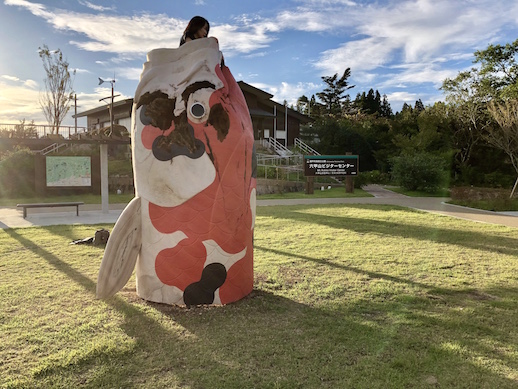Rokko Meets Art 2019
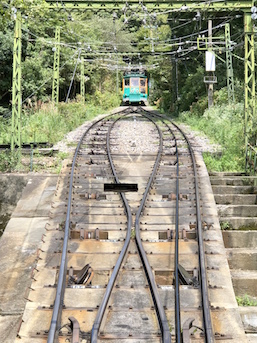
Tadao Ando, Aquirax Uno, and Chu Enoki are among the more well-known artists whose works you can see while also enjoying refreshing mountain views. Emerging artists such as Zon Ito, Makoto Egashira, and Nobuyuki Osaki are also not to be missed. Genres range from painting and sculpture to sound installation and architecture.
Rokko Meets Art ends November 24th. Admission is ¥2200 for adults and ¥1100 for children. All of the artwork can be seen in a single day, but spreading your visit out over two days is recommended. Arima hot springs are another nearby attraction. Mt. Rokko’s closest station (accessible by Kobe city bus) is Rokko Cable Shita, where you can catch a cable car to Rokko Cable Sanjo. From there a bus runs up the mountain. Transportation details are here.
Rokko Cable Sanjo Station and Tenran Observatory
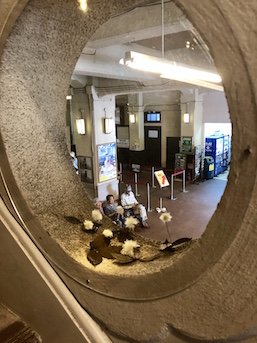
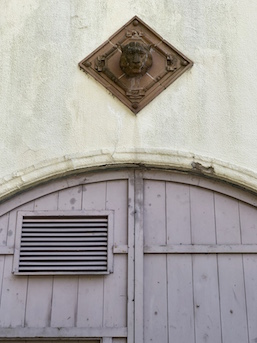
Rokko Cable Sanjo Station has been given special recognition as a site of modern industrial heritage. Mt. Rokko opened as a place of public leisure in the Meiji Period, when Japan’s industrialization took shape. In this building you can search out all the works in Yukiko Iwatani’s ‘Koko ni Iruyo’ (We Are Here) series. Made up of 16 delicate installations of plants native to Mt. Rokko, it won this year’s Grand Prix.
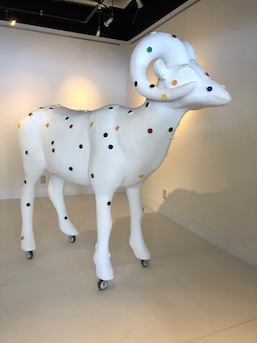
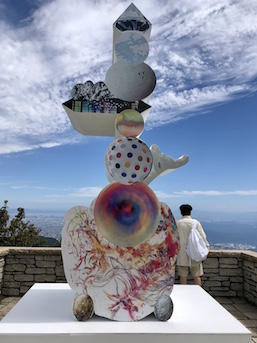
At Tenran Cafe near Rokko Cable Sanjo Station you’ll find Takuma Uematsu’s “Palette – big horn sheep” (2019), an ovine statue dotted with paint palettes. Visitors are invited to use the palettes to paint on the walls. Uematsu’s work can also be seen in front of the panoramic views at Rokko Garden Terrace.
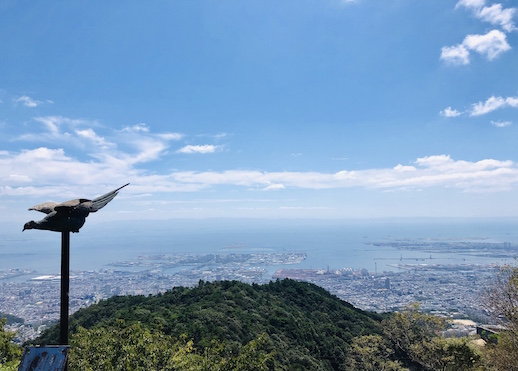
Chapel of the Wind
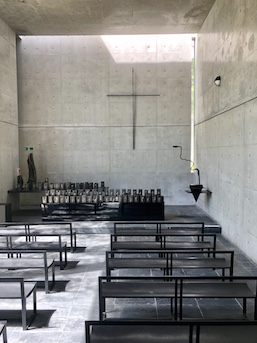
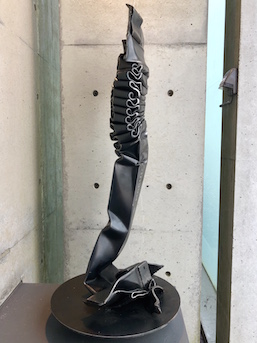
Chu Enoki, known for creating artworks from weaponry and scrap metal, has installed several of his sculptures inside and around the Chapel of the Wind built by renowned architect Tadao Ando. The chapel – the first church designed by Ando – is specially open to the public throughout Rokko Meets Art.
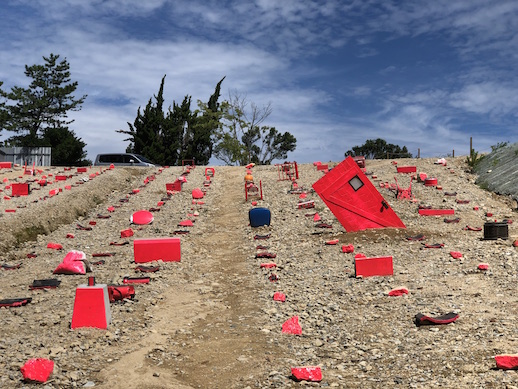
Grand Hotel Rokko Skyvilla
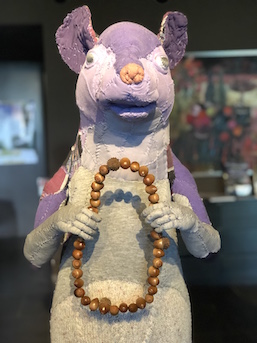
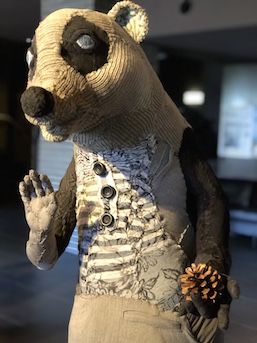
Textile artist Yoshie Kuroda, winner of the Runner-Up Grand Prix, presents six bodhisattvas in animal form posed piously inside the Grand Hotel Rokko Skyvilla.
Rokko Garden Terrace
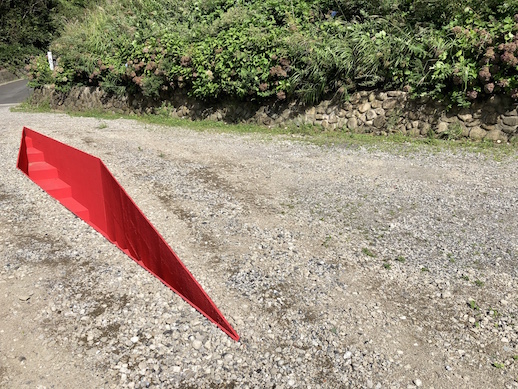
Sancho Station
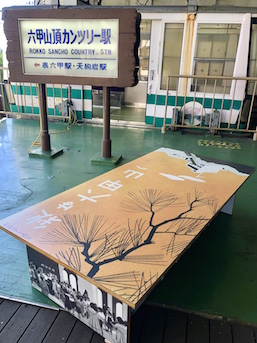
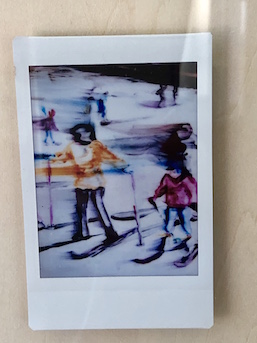
Nobuyuki Osaki uses Rokko Sancho Country Station, a ropeway station no longer in operation, for his installation ‘Multiple Lighting (Memories of Rokko).’ He has created benches with graphics from former Mt. Rokko advertising pamphlets. Inside a ropeway car, photographs of people vacationing at Mt. Rokko are turned into paintings and then rephotographed. The work stirs up nostalgia and thoughts about the blurry nature of memory.
Rokkosan Country House
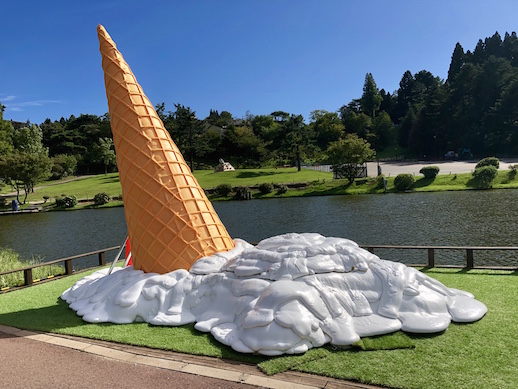
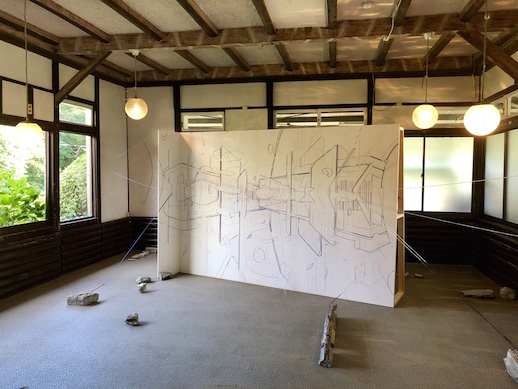
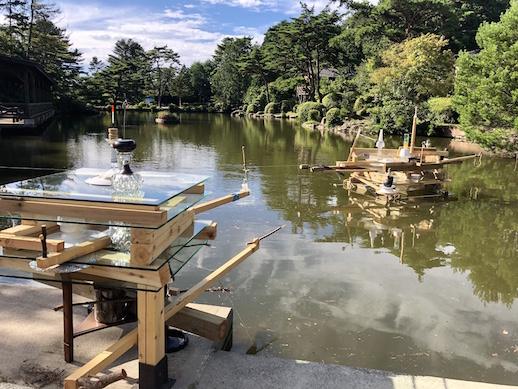
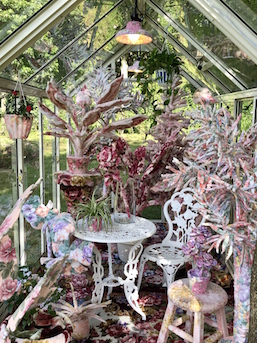
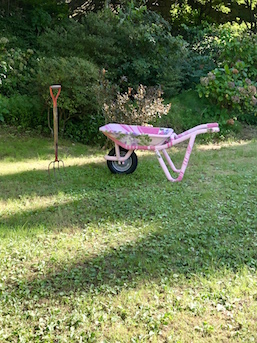
Makoto Egashira is a maestro of floral motifs, displaying his kitschy rose carpet creations in a real rose garden.
Rokko Alpine Botanical Garden
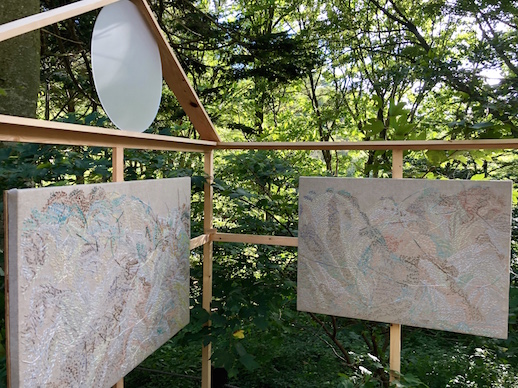
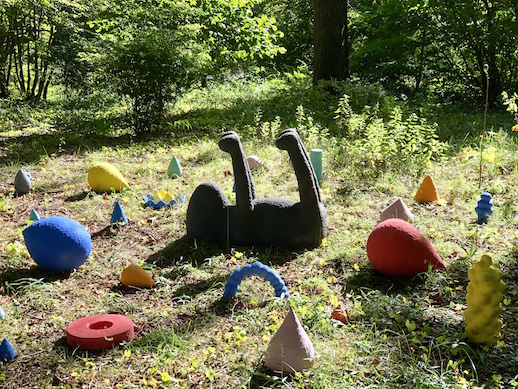
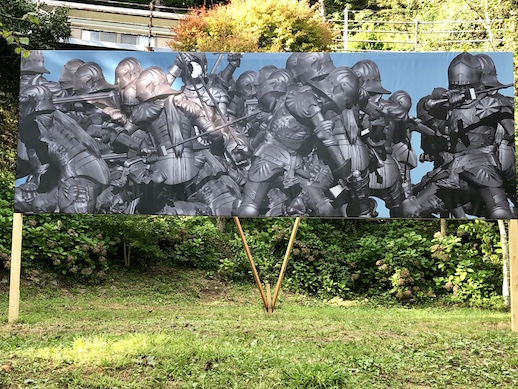
Rokko International Musical Box Museum
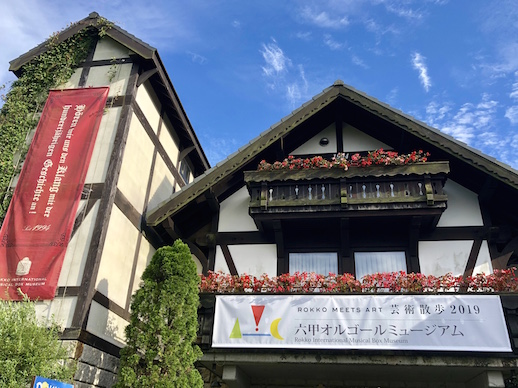
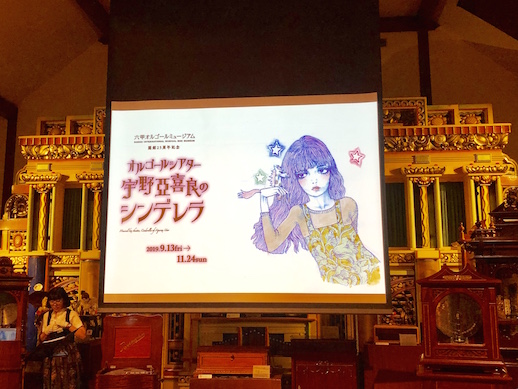
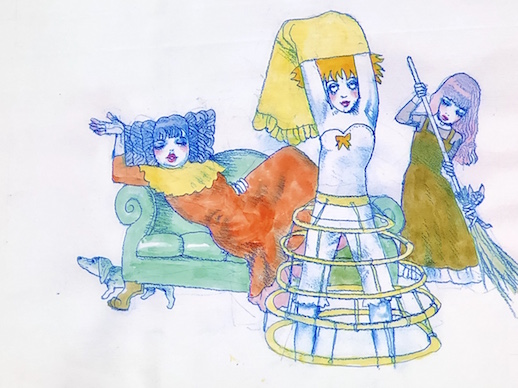
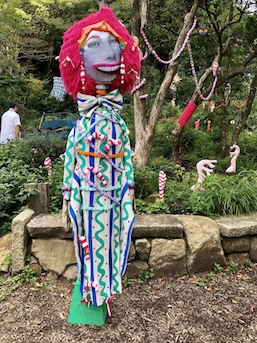
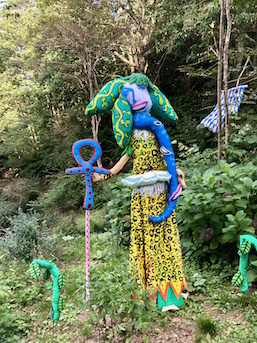
Marino Hata’s doll-like sculptures with silkscreened faces tell stories of the artist’s own imagining.
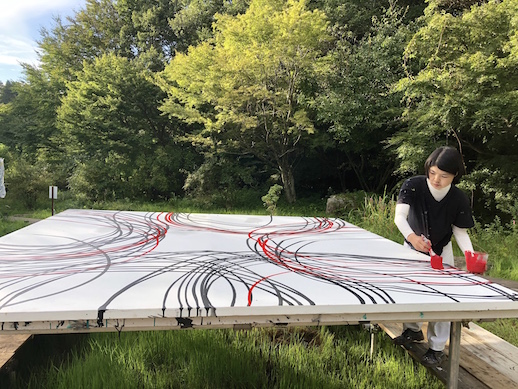
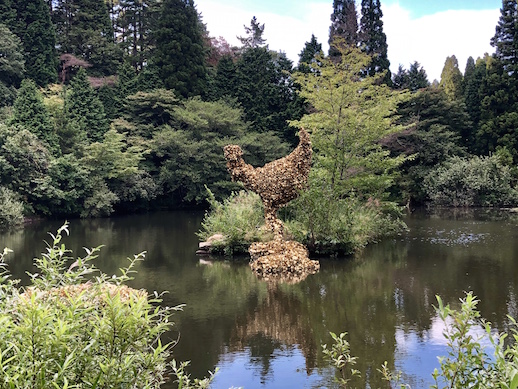
Memorial Monument(Mt.Rokko Visitor Center)
